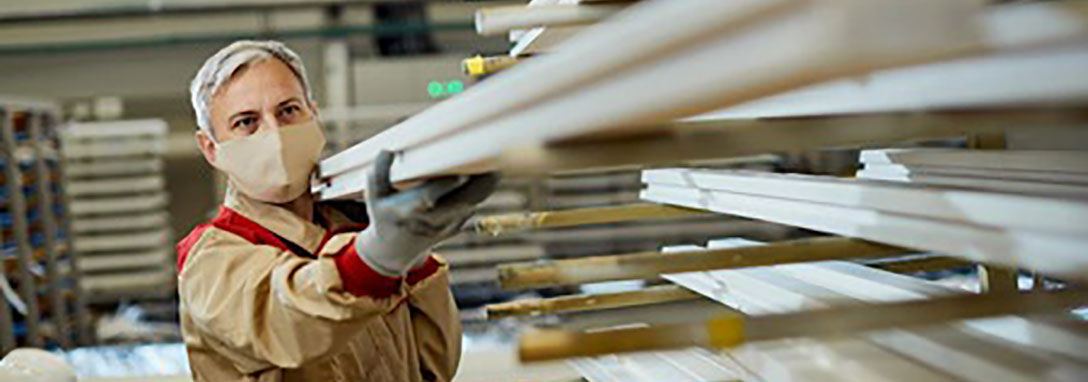Tips & Tricks for Preventing Cracks in a Concrete Surface
Ready-mix concrete (RMC) is one of the most durable building materials used in construction. However, cracks are very common in almost any form of concrete as concrete is hard and stiff that may crack due to several reasons. While cracking in concrete with time is unavoidable, there are certain measures that can prevent them from cracking early, ensure the best longevity, and prevent costly repairs. Follow these simple tips for a crack-free finish at the time of concreting and later to reduce cracks after its formation.
Optimum usage of water:
Concrete is a porous material and excessive water causes cracking. Adding a bit of extra water makes the mixing of concrete easier, however, it eventually weakens the concrete and generates cracks. Once the mix is laid, the excess water evaporates leading to shrinkage thereby developing more cracks. This can be avoided by ensuring the correct type of concrete mix for the job and following the instructions carefully. Water proportion is critical for the strength of concrete, thus, only the right amount of water results in crack-resistant concrete.
Ensure proper curing
Concrete takes almost a month to cure completely, and the first few days after pouring are the most sensitive. Curing significantly helps to avoid cracks. The concrete surface should be kept moist consistently as water in the concrete evaporates quickly leaving pores on the surface during the hydration process. If not cured properly, severe cracking can occur at times, impacting the overall strength and integrity of the finish. Thus, after pouring, it is critical for the concrete to be constantly moist and free from load bearing.
Additional strength via reinforcements
Add some extra reinforcement to provide extra strength to your concrete. Rebar in a grid pattern or concrete vases or other decorative items can be added to improve strength and reduce cracking. Just make sure the reinforcing material is placed in the center of the concrete, so it won’t be visible when the project is complete. It can help extend the concrete’s life span and reduce the number of future cracks.
Adequate design mix
Design mix ratios are used for different items of construction thus, the strength of concrete depends on proper design mix. As the water content increases in the concrete, the strength of the concrete decreases. The excess amount of water in the mix will not give correct strength required. Selection also depends on loading and stresses applied on it.
For slab, ensure the base is compact
A compacted base to securely support the new slab should be considered before mixing up concrete. A void beneath the slab can be created if the slab isn’t compacted enough. The best type of fill is gravel as it’s easy to compact by tamping down three to four inches until you have a flat, firm base. A good thumb rule is to dig out necessary soil and accommodate the desired depth of the concrete and a few inches of gravel.
Although cracks are natural features in concrete, they can be reduced and controlled if basic preventive steps are taken. Construction errors during concreting may occur due to outright carelessness or right procedure not being followed. The positive performance of concrete has resulted in the construction of recognized landmark structures worldwide.


















